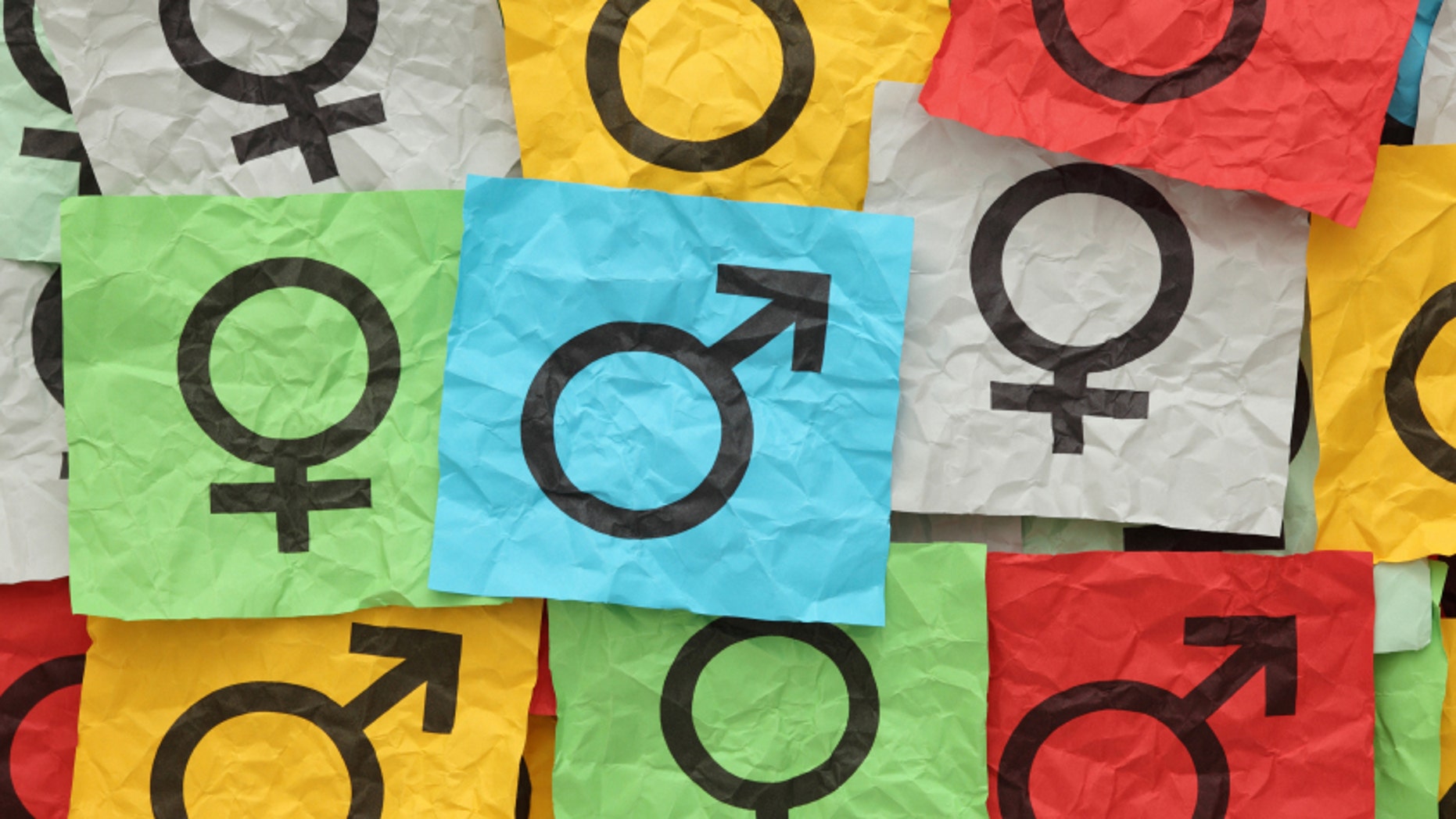EEOC Issues Guidance on Sexual Orientation and Gender Identity Discrimination
The Equal Employment Opportunity Commission (“EEOC”) recently issued guidance and online resources to aid employers in avoiding sexual orientation and gender identity discrimination in the workplace. The guidance coincides with the one-year anniversary of the Supreme Court’s decision in Bostock v. Clayton County, finding that firing individuals because of their sexual orientation or transgender status constitutes discrimination because of sex.
The EEOC’s guidance provides more nuanced detail regarding the Agency’s position on sexual orientation and gender identity discrimination, including the following:
- Protections for Straight Individuals – Non-LGBTQ+ applicants and employees also are protected from discrimination and harassment based on their sexual orientation or gender identity.
- Customer/Client Preferences – Employers may not segregate or otherwise discriminate against employees based upon the actual or perceived preferences of customers or clients.
- Bathrooms and Locker Rooms – While employers may maintain separate, sex-segregated bathrooms, locker rooms, and showers for men and women, they may not deny an employee equal access to these facilities based upon the employee’s gender identity. According to the EEOC, “all men (including transgender men) should be allowed to use men’s facilities, and all women (including transgender women) should be allowed to use women’s facilities.”
- Pronouns – While an employer’s accidental misuse of pronouns is not problematic, an employer’s intentional and repeated use of the wrong name and/or pronouns could result in an unlawful hostile work environment.
- Clothes and Outward Appearances – Prohibiting a transgender person from dressing or otherwise presenting in a manner consistent with the person’s gender identity will constitute sex discrimination.
Employers should take the EEOC’s guidance into account when drafting, enforcing, and training on anti-discrimination and harassment policies.


